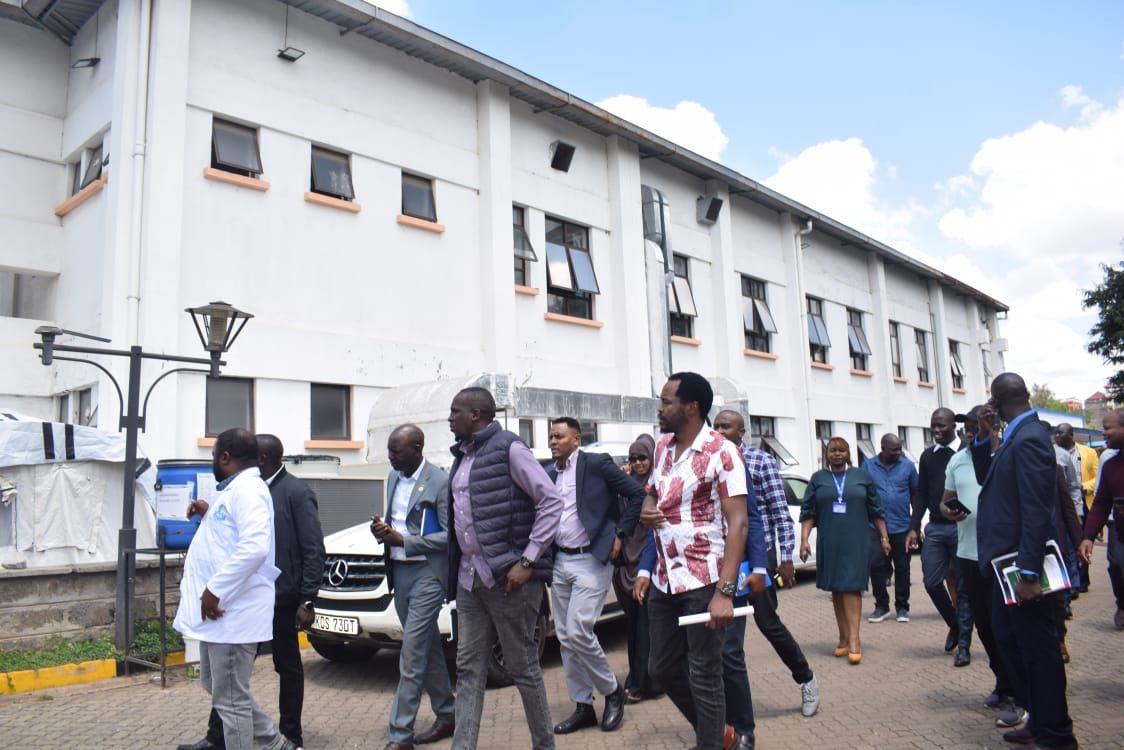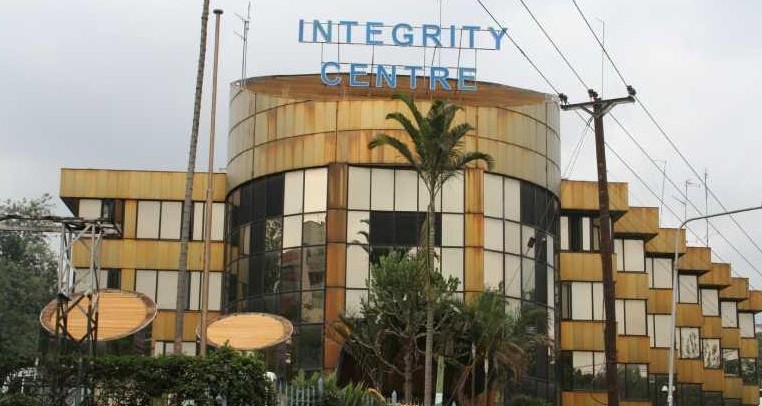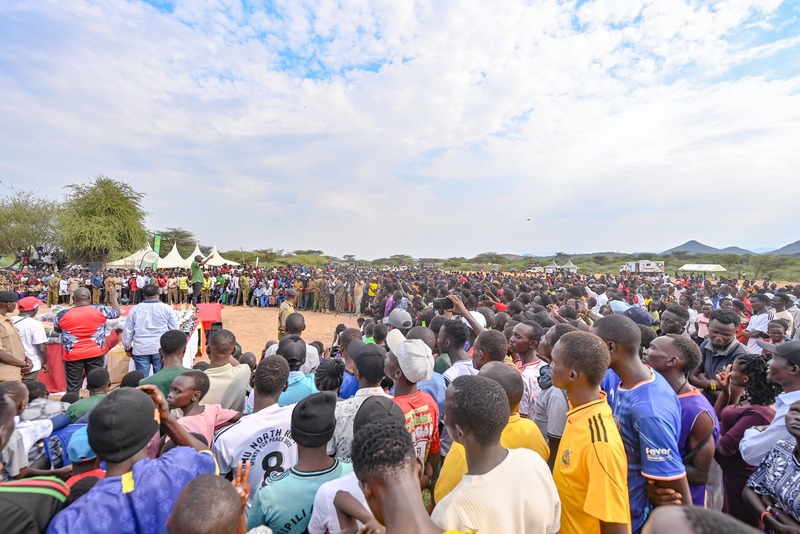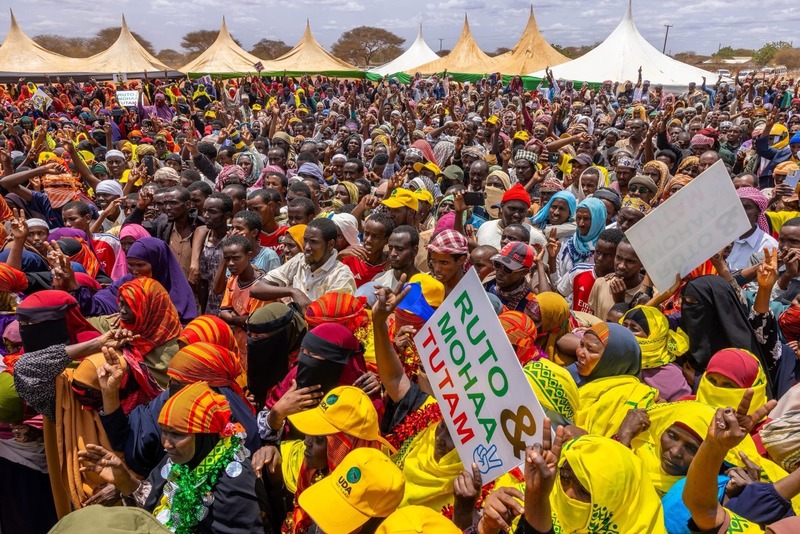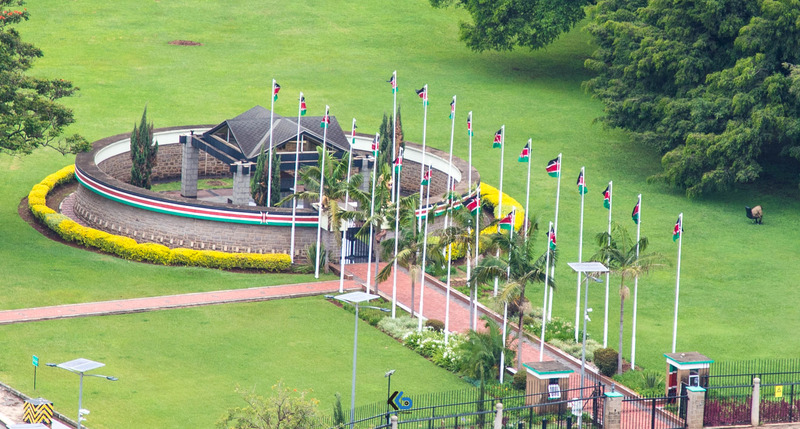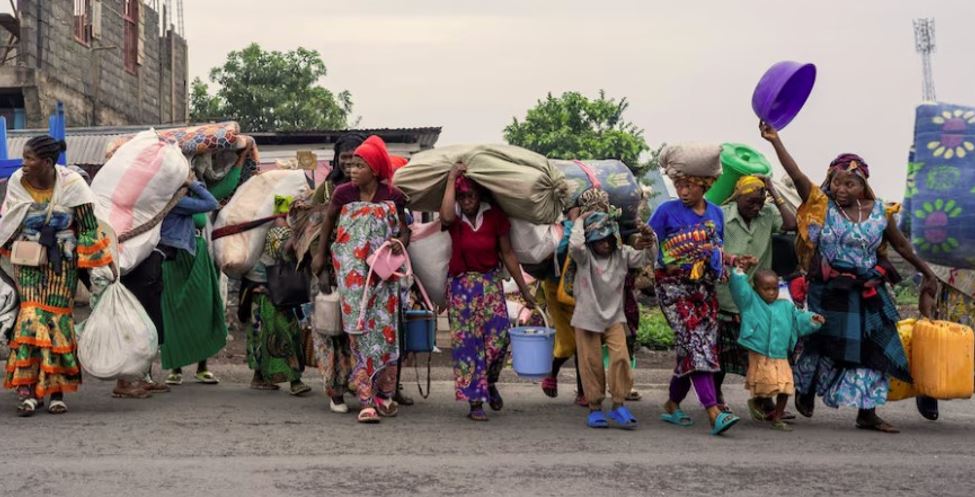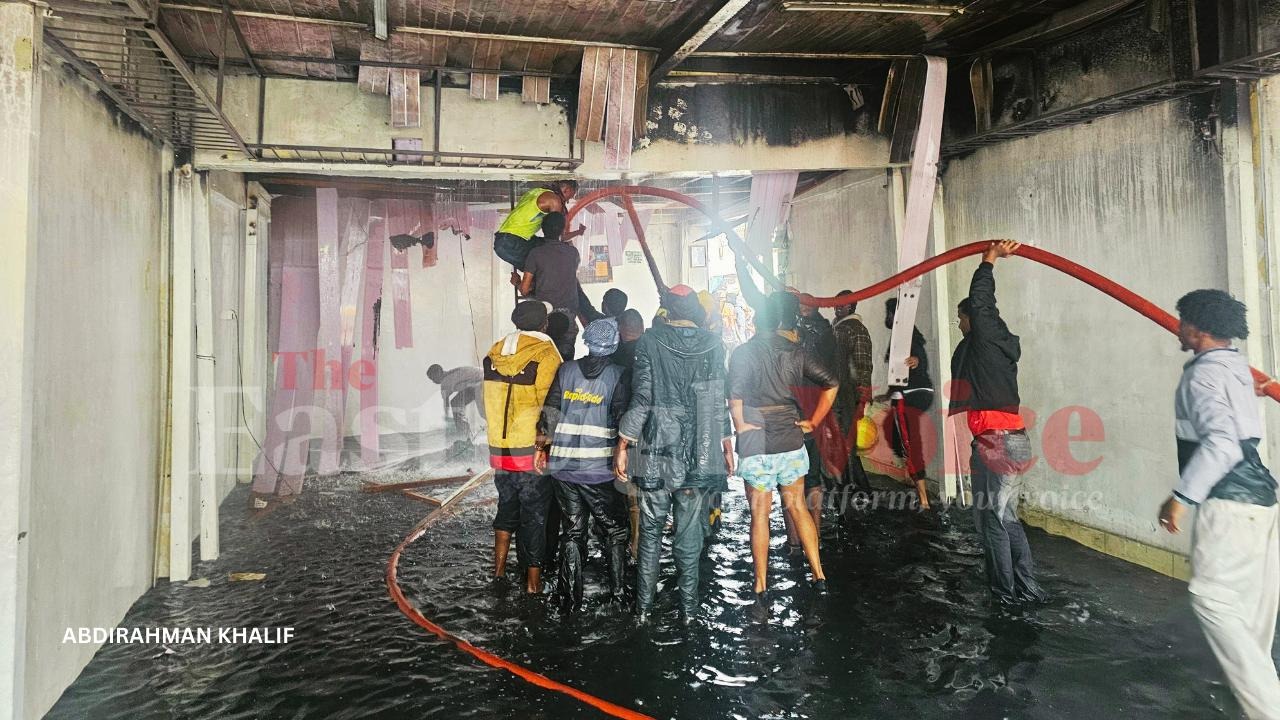Kenya unveils 2024–2030 disaster risk strategy to protect lives and boost resilience
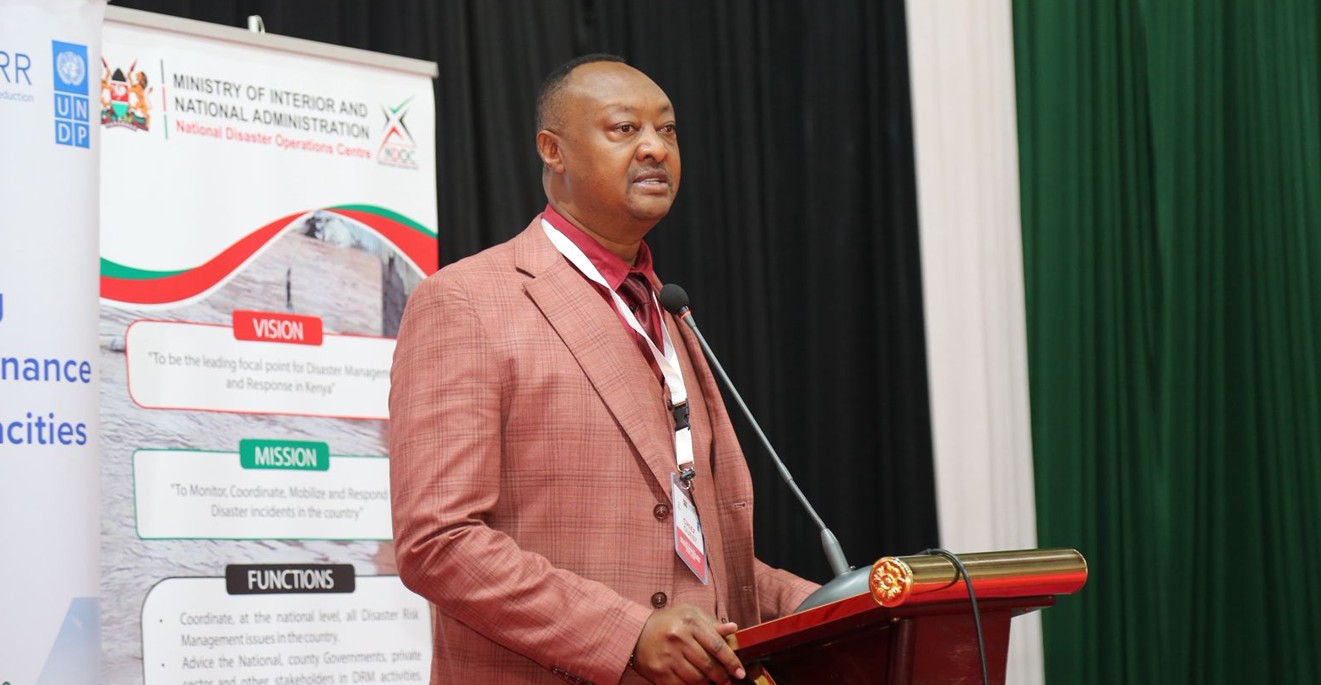
The DRM strategy seeks to minimise the loss of lives and livelihoods while promoting sustainable development by providing clear guidelines for mitigating impacts during disasters.
The Ministry of Interior has unveiled a national disaster risk management (DRM) strategy aimed at reducing disaster risks and minimising the loss of lives, livelihoods, and critical economic, environmental, and social assets.
The DRM strategy 2024-2030 is aimed at reducing loss of lives and livelihoods and achieving sustainable development by establishing guidelines for mitigating losses in times of tragedy.
More To Read
- From sea ice to ocean currents, Antarctica is now undergoing abrupt changes
- Africa’s top climate change challenges: A fairer deal on phasing out fossil fuels and mobilising funds
- Brace for heavy rains, strong winds in coming days - Kenya Met
- Talks on global plastic pollution treaty end in Geneva without consensus
- Kenyan communities speak out as Verra moves to reform controversial carbon credit system
- One dead after flash flood sweeps Indian village, over 100 missing
The strategy outlines the various disasters Kenya is prone to, including droughts, floods, landslides, disease outbreaks, fires, and technological accidents. Identified technological hazards include factory explosions, chemical spills, dam failures, toxic waste, and other industrial risks.
Climate change
Notably, the strategy states that climate change has intensified disasters by increasing their complexity, frequency and intensity. Climate change has weakened the cultural coping mechanisms, reducing the communities' abilities to adapt and thereby increasing vulnerability.
"Vulnerabilities stem from factors such as poverty, unplanned urbanisation, environmental degradation, and limited access to services. Exposure (to the risk) is influenced by the location of populations' critical infrastructure and economic assets in hazard-prone areas," the strategy reveals.
Developed through public participation and stakeholder consultations, the strategy outlines the key components shaping the country's approach to managing disaster risks.
The framework includes a coordinated and effective DRM system ensuring alignment of stakeholders from national to local levels in reducing risks and responding to emergencies.
Vulnerability to hazards
The strategy outlines legal policy, planning, institutional and financing framework for reducing communities' exposure and vulnerability to hazards as well as strengthening the capacities of communities to withstand the hazards.
Thomas Saka, Secretary Administrator at the Ministry of Interior, said the comprehensive risk management strategy will ensure that all interventions are carefully planned, budgeted, monitored, and evaluated at every stage, covering mitigation, preparedness, response, and recovery during implementation.
"This approach will protect lives and livelihoods, sustain development and strengthen the country's resilience," stated Saka.
The policy to be implemented by multiple stakeholders also lays out a holistic approach where both mitigation and prevention are connected to development processes, while relief and recovery are linked to humanitarian assistance.
The strategy says preparedness plays a crucial role in linking these efforts, ensuring continuity and coherence.
Top Stories Today




